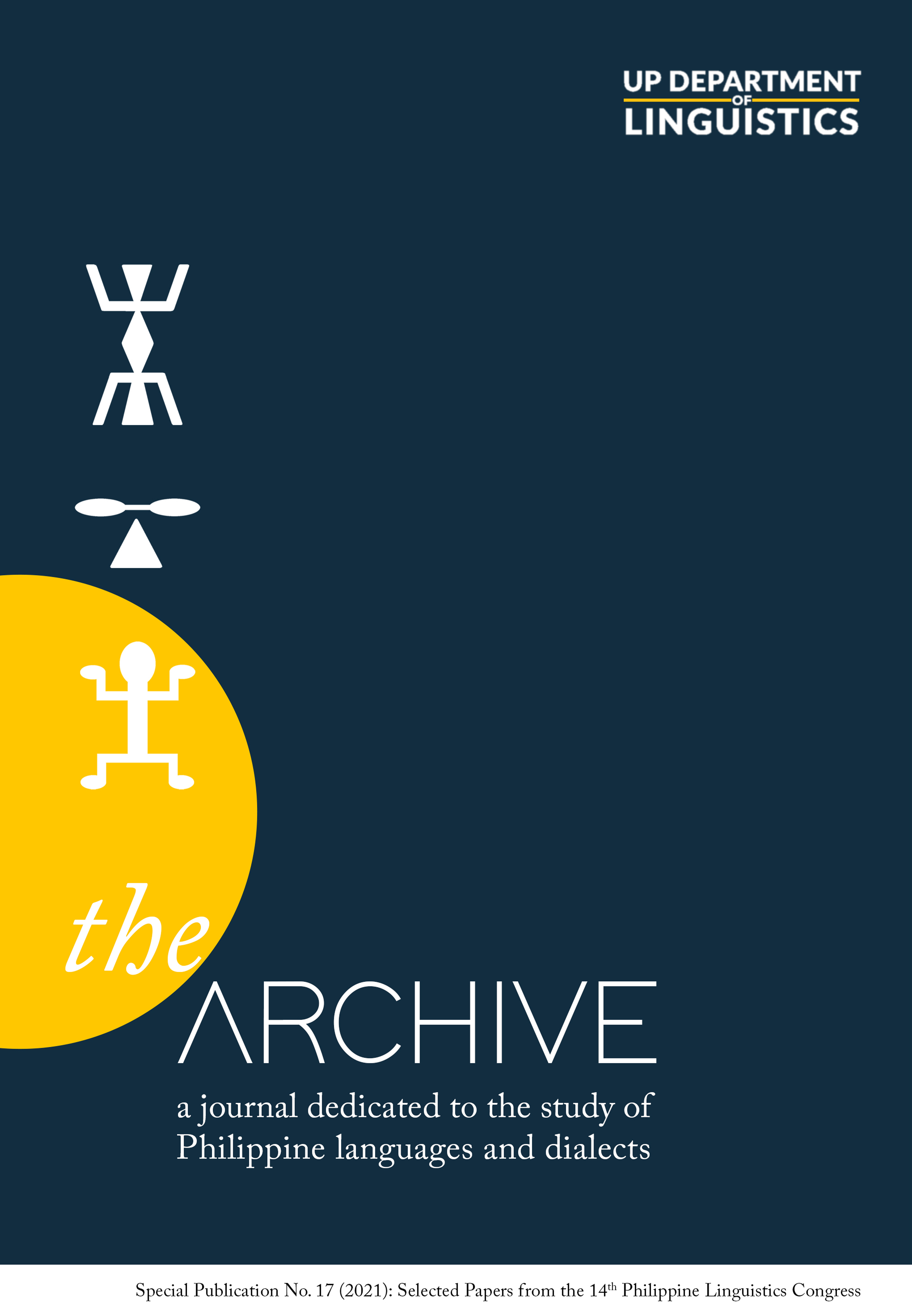Axis Relationships in the Philippines: When Traditional Subgrouping Falls Short
Abstract
Most scholars seem to agree that the Malayo-Polynesian expansion left Taiwan around 3,000 BCE and virtually raced south through the Philippines in less than one millenium. From southern Mindanao, migrations went westward through Borneo and on to Indonesia, Malaysia, and upwards into the Asian continent (“Malayo-”), and some others went south through Sulawesi also going eastward across the Pacific (“-Polynesian”).
If this is the case, the Philippine languages are the “left behinds,” allowing at least two more millennia for multiple interlanguage contacts within the archipelago. After two proposed major extinctions: archipelago-wide and the Greater Central Philippines (Blust 2019), inter-island associations followed the ebb and flow of dominance, expansion, resettlement, and trade. Little wonder then that “unique” lexemes found on Palawan can appear in Mindoro or Panay; developments throughout the east (Mindanao, the Visayas, and southern Luzon) can appear in Central Luzon, and an unidentified language with the shift of Philippine *R > y had some influence on Palawan and Panay.
As early as 1972, while writing up my dissertation (Zorc 1975, then 1977), I found innovations that did not belong to any specific subgroup, but had crossed linguistic boundaries to form an “axis” (my term, but related to German “Sprachbund,” “network” [Milroy & Milroy 1985], “linkage” [Ross 1988, Pawley & Ross 1995]).
Normally, innovations should be indicative of subgrouping. However, they can arise in an environment where different language communities develop close trade or societal ties. Several well-established etymologies, among them PAN *bәlih ‘buy,’ PAN *qabu ‘ash(es),’ PAN *Cau ‘person,’ PMP *pia ‘good,’ PMP *sida ‘they,’ will be shown to have been replaced by innovations that are clearly not subgroup-specific, but rather areal phenomena.
Out of over 6,700 etyma among the Zorc Data Sheets (ZDS) (Zorc, ongoing), only 361 represent axis relationships. This is around 5%, so they do not undo the overall standing of well-established subgroups, which make up its bulk. However, these illustrate undeniably evident interrelationships among languages which basic subgrouping does not otherwise account for. This paper will discuss fifteen such axis relationships that have arisen throughout the Philippines. While this is certainly not an exhaustive study, it should be sufficient to demonstrate that not all innovations are made within clearly established subgroups, and, as such, deserves the attention of Philippine comparative linguists.


